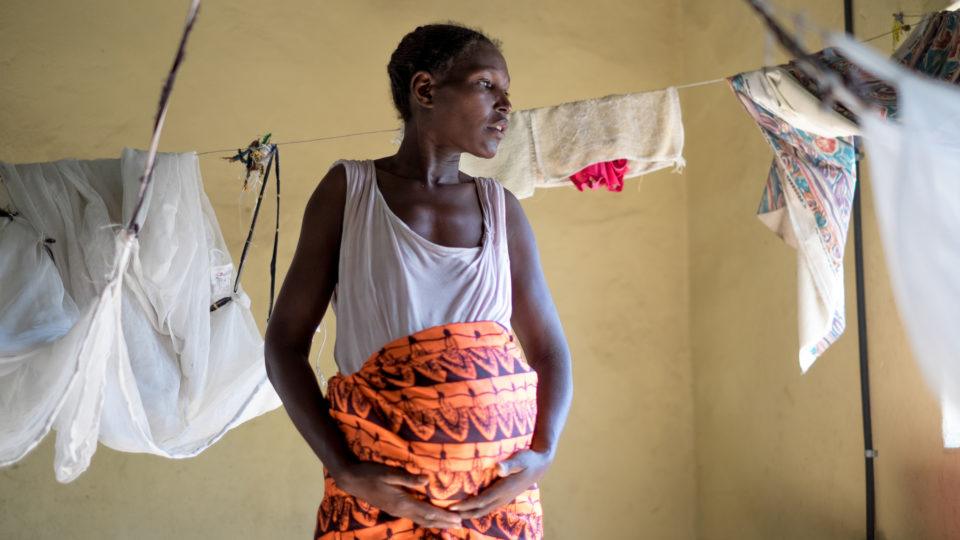An Unfortunate Reality: Maternal Mortality & Morbidity

Kuzaliwa kumoja, maisha mengi = Swahili Proverb, translated:
The same birth, but many lives. Human beings are born in the same way but their lives may be different.

Taken behind my house in Mutomo, Kenya
A friend and colleague forwarded me a story from NPR this week. It was about a woman, Shalon, who died of complications due to hypertension a few weeks after giving birth to her daughter.
Maternal mortality is defined as the death of a woman during pregnancy, delivery, or shortly thereafter. In the United States, it represents the 6th leading cause of death among reproductive-aged-women from 25-34.
Recently, the rate of maternal mortality and morbidity has been on the rise in the United States, with the rates among black women being three times as high as for white women. And, according to JAMA, “Even if you look only at white women in the United States, the rates of mothers who die is greater than those in other developed countries.”
In the developing world, the statistics are even more startling. The WHO reports, “The maternal mortality ratio in developing countries in 2015 is 239 per 100 000 live births versus 12 per 100 000 live births in developed countries.”
Here, in Kenya the number is 510. 510 women die giving life.
Reading this article made me reflect on my evolution as a physician, and how stories like Shalon’s motivate me to continue the work that I do.
Going into medical school my plan was to be a forensic pathologist. I’ve known I wanted to be a doctor since I was seven but this particular aspiration grew from reading novels in high school in which the main character was a forensic pathologist. The field intrigued me for many reasons. One was that it functioned between two worlds, the law and medicine. It allowed me to work with my hands and avoid a traditional clinical practice – I have been described as quiet, shy, reserved, introverted, or all of the above at different stages of my life.
For this reason, I was nervous about how I would be able to cultivate the doctor-patient relationship. Pathology gave me a way out. Those patients didn’t talk back.
You can only imagine how devastated I was first year of medical school, when I discovered, I did not like pathology or histology, or the microscope really. I would fall asleep looking at slides.
As with this lesson, I learned a lot about myself in medical school. I now credit my personality as an asset to my bedside manner, not a hindrance. Thanks to that revelation and to a few other serendipitous events, I found my way to obstetrics and gynecology. And without a doubt, it is the field for me.
But old dreams sometimes die hard, so in my fourth year, before submitting my Ob/Gyn residency applications, I signed up for a forensic pathology rotation housed at the Metropolitan Government of Nashville and Davidson County Medical Examiner’s office. And I loved it of course! But it was time to let it go. In order to merge my old interests with my new ones, I presented on maternal mortality for my externship project that month.
As I was learning to articulate my interests in public health and health disparities, this subject underscored both and I have carried it with me through the rest of my training and into my career. I encourage you to read Shalon’s heartbreaking story, which tells the story far better than I can.
Read about Baby Titus in Kenya; a child who lost his mother shortly after she delivered him.
Support our international volunteers
Become a volunteer. Change lives, including yours.
References:
http://who.int/mediacentre/factsheets/fs348/en/
https://jamanetwork.com/journals/jama/fullarticle/2645089
https://www.cdc.gov/reproductivehealth/maternalinfanthealth/pregnancy-relatedmortality.htm